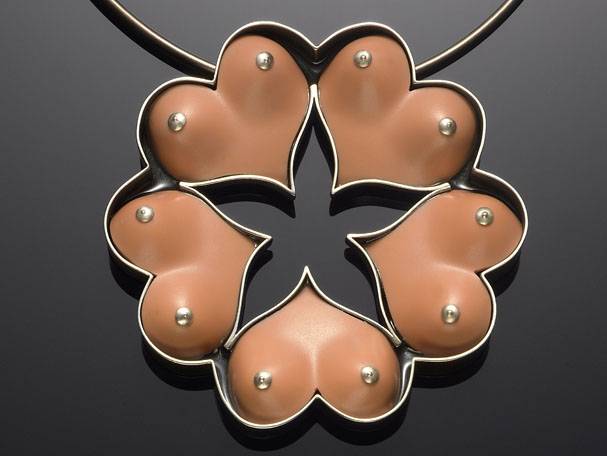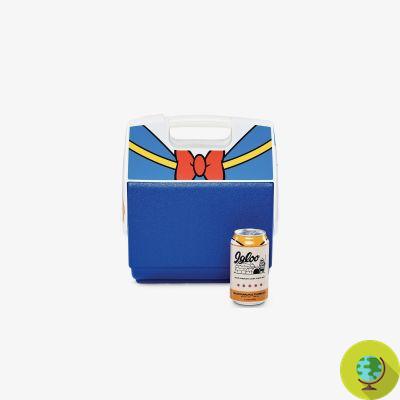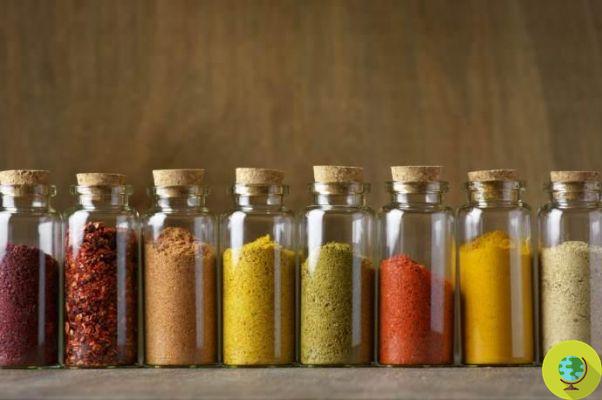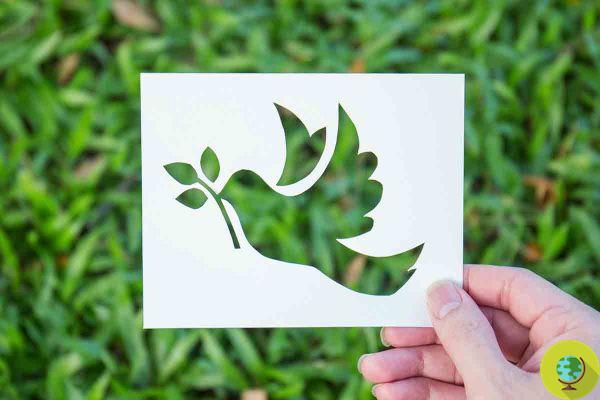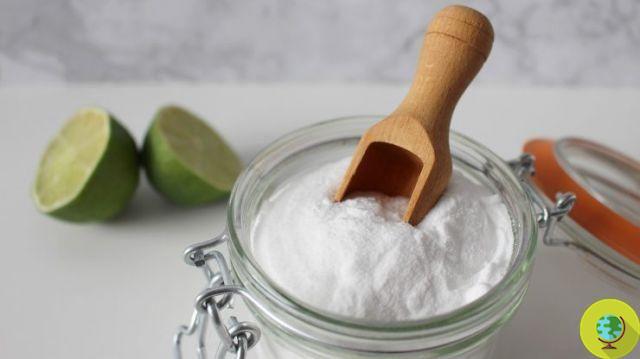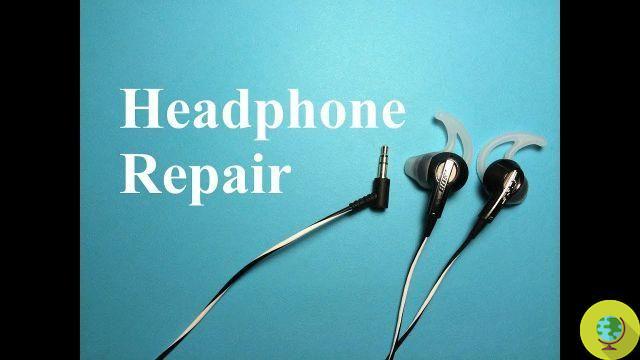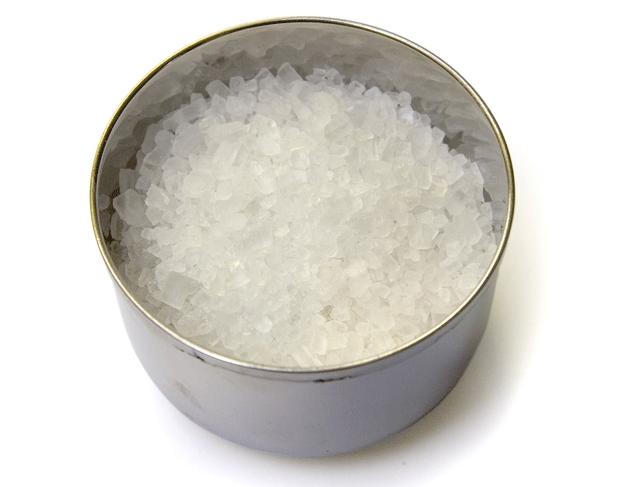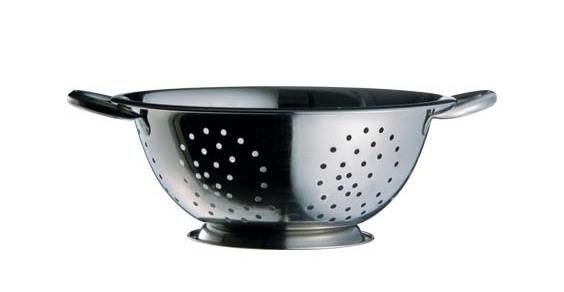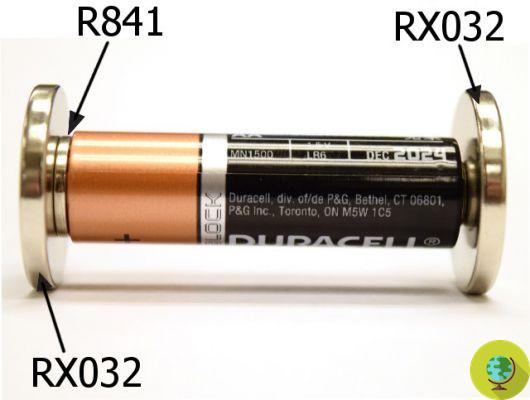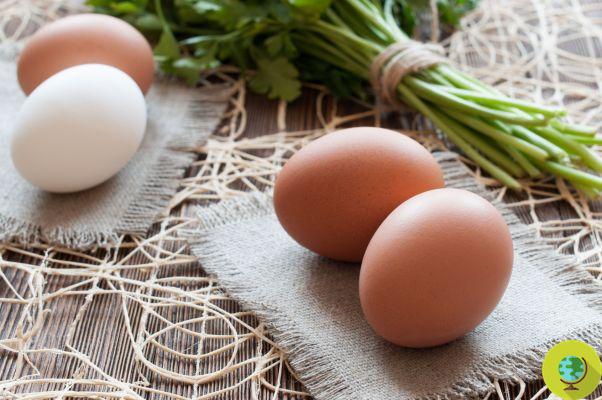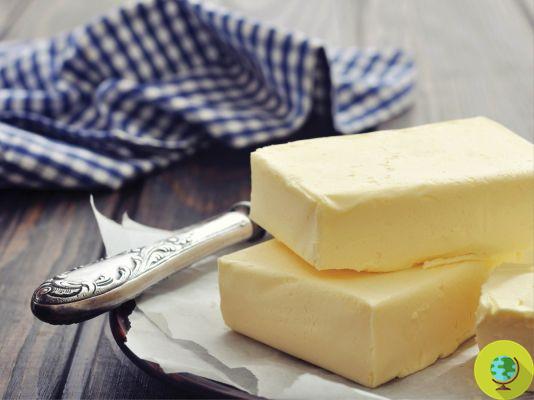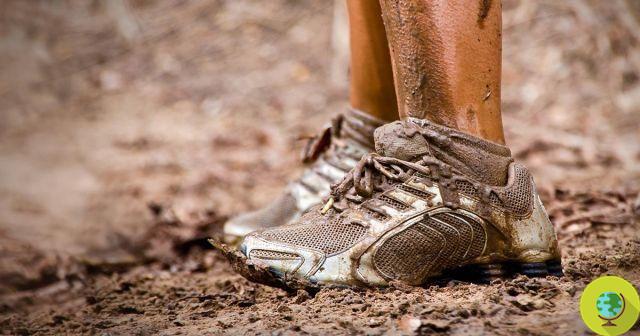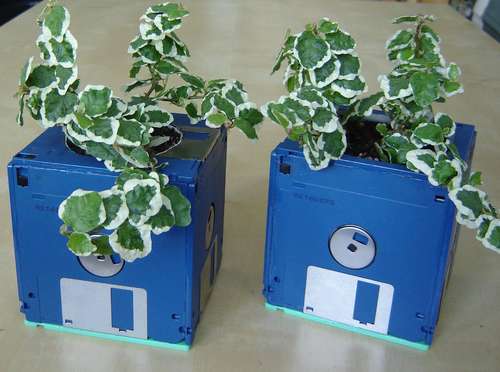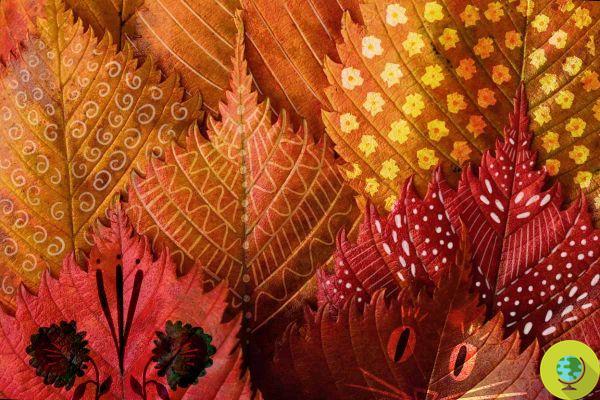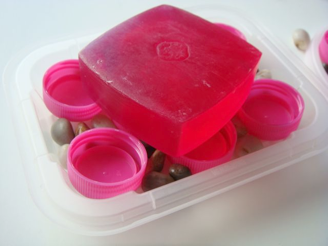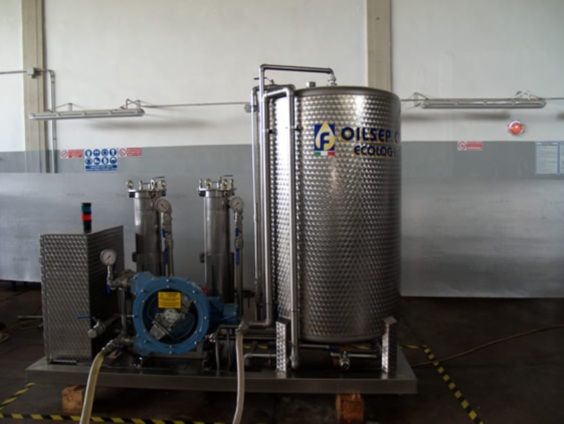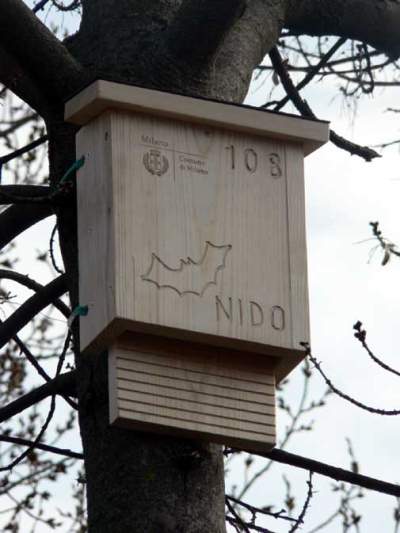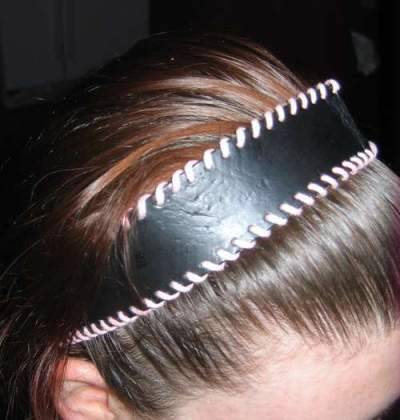Unexploded bombs are transformed into spoons, but also into jewels and many other things. It happens in Laos where neutralized bombs become a resource for the population and thus the poorest areas of the world manage to become self-sufficient in part.
He is about to end up run over, his mother saves himUnexploded bombs turn into tablespoons, but also in jewelry and many other things. It happens in Laos where neutralized bombs become a resource for the population and thus the poorest areas of the world manage to become self-sufficient in part.
Il Laos it is one of the poorest countries in the world, where people live on less than $ 1,25 a day. The land is not arable due to tens of millions of scattered and unexploded bombs, just think that about 20 thousand people have died or been maimed by the orders.
According to the National Unexploded Ordnance Regulatory Authority (UXO), from 1964 to 1973, Americans dropped more than 270 million cluster bombs on Laos, a third of which did not explode. Bombing aimed at destroying Vietnamese supply lines.
According to some estimates, it has fallen on the small Asian country of seven million inhabitants a bomb every eight minutes, 24 hours a day, for nine consecutive years. Furthermore, the bombs were cluster bombs: each of these was therefore composed of about 200 sub-ammunition.
Today these weapons of destruction have a new life and the uses are more varied, from pillars to support houses, to flower pots to decorate gardens and even spoons and jewels.
Bombs turned into spoons and jewels
Since he was eight La lok Phengparkdee collects unexploded bombs and turns them into spoons. Today he is 24 years old and he learned the trade from his father who invented this business in 1978.
“In those years, bombs were everywhere, so my father thought of making them a resource, making the most of what was there,” says the boy.
Like La lok, XNUMX-year-old Son Mia Seeonchan has also acquired a certain dexterity in doing this work: she collects bombs, defuses them, then melts them in a home-built furnace and reuses the metal to build spoons and other cooking utensils. kitchen.
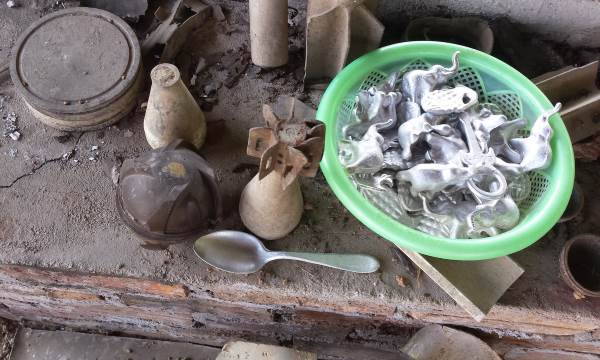 Photo: John Dennehy
Photo: John Dennehy
“We use the resources we have, but I hope my children are the last generation to have to work with bombs,” says the woman.
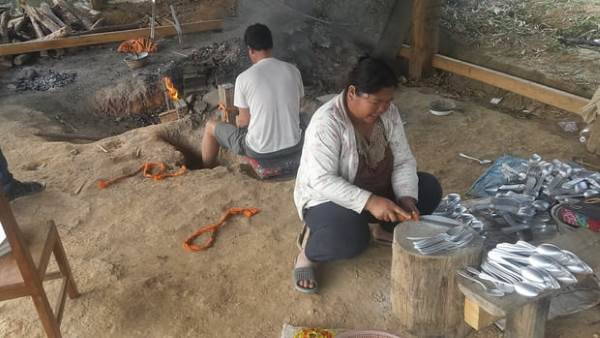 Photo: John Dennehy
Photo: John Dennehy
More or less the same thing happens with i JewelryFor some time, in fact, the designer Elisabeth Suda discovered this particular ability of the Laotian population, namely that of transforming war orders into something else. In 2008, while you were in Southeast Asia, you had the intuition: why not create jewelry from unexploded metal?
At the beginning she had to clash with the skepticism of the inhabitants convinced that no one would ever want a necklace made from bombs, but in the end we know that tenacity always helps and today the creations of the Article22 company they are a consolidated reality.
And even if today her jewelry is luxury, Suda's goal is to continue to contribute to the development of the realities with which she collaborates for this also finances the international organizations that deal with the poorest countries in the world.
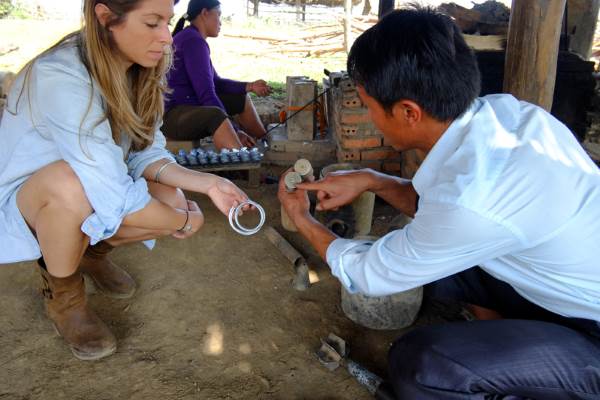 Foto The making of jewels is also a positive message: something beautiful can be born from an instrument of death. There are necklaces, earrings, bracelets today exhibited in over one hundred countries in the world, including the New York Museum of Contemporary Art.
Foto The making of jewels is also a positive message: something beautiful can be born from an instrument of death. There are necklaces, earrings, bracelets today exhibited in over one hundred countries in the world, including the New York Museum of Contemporary Art.
Other beautiful jewels born from recycling:
- THE WONDERFUL ECO-JEWELS THAT ENCLOSE THE TREASURES OF NATURE (PHOTO)
- WONDERFUL ECO-JEWELS FROM OLD COMPUTERS AND MOBILE PHOTOS (PHOTOS)




